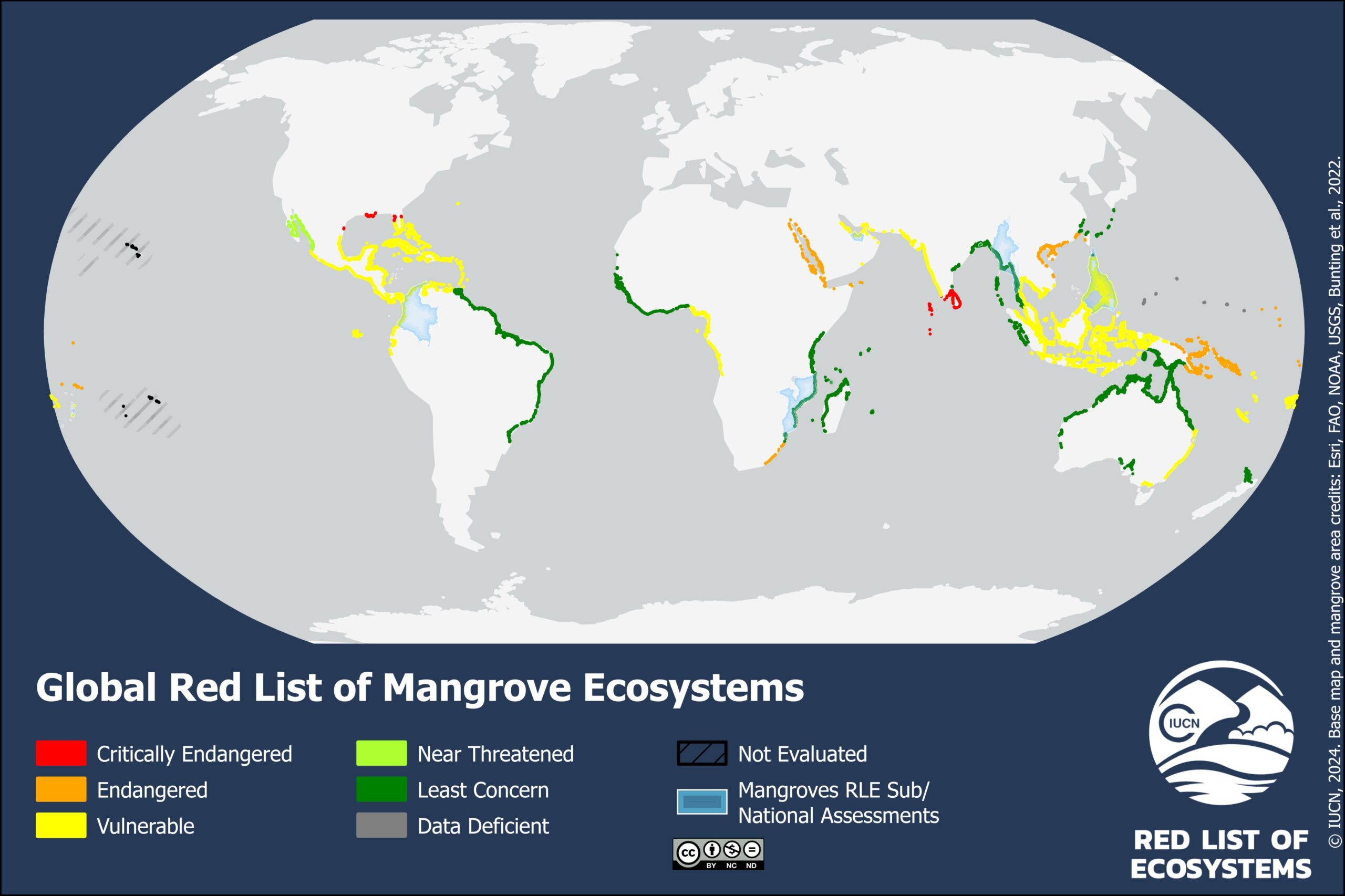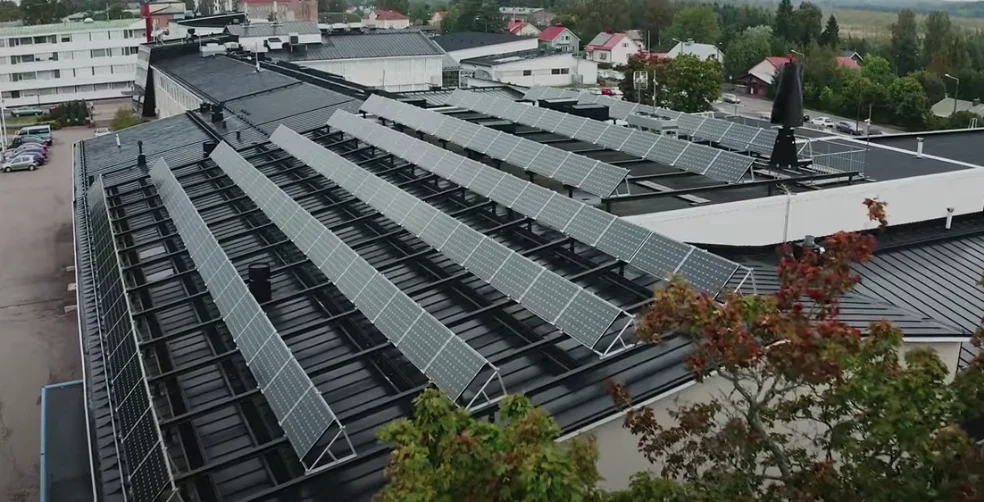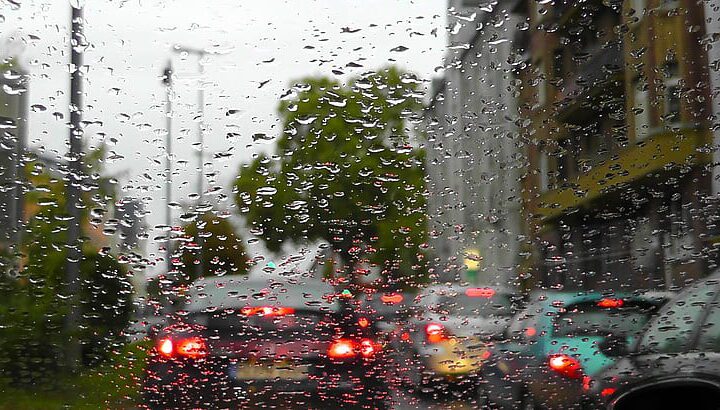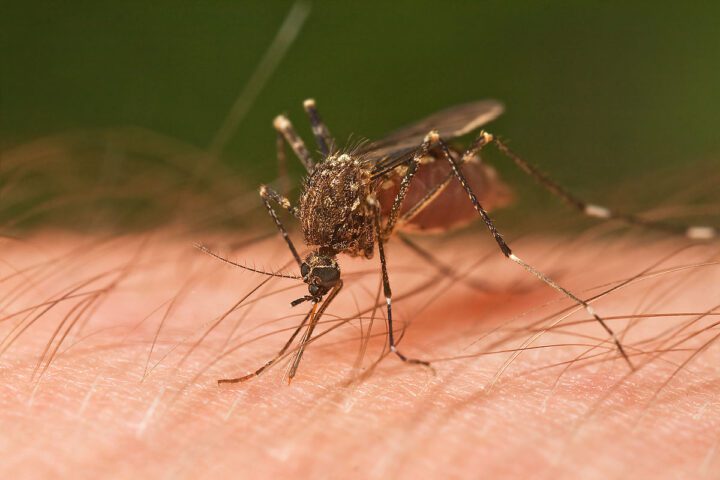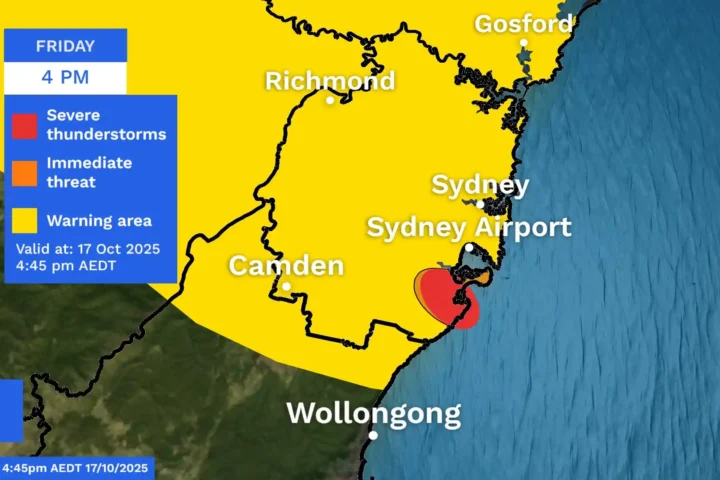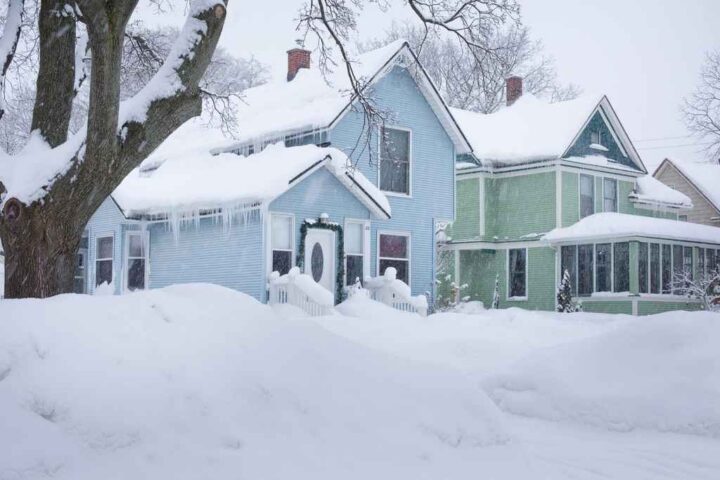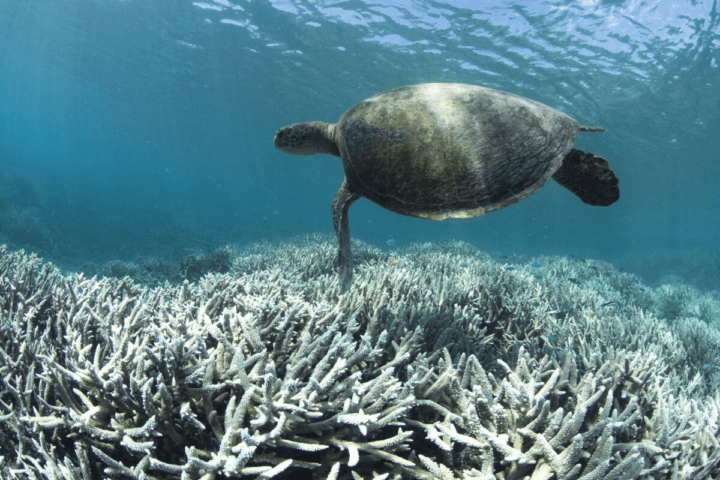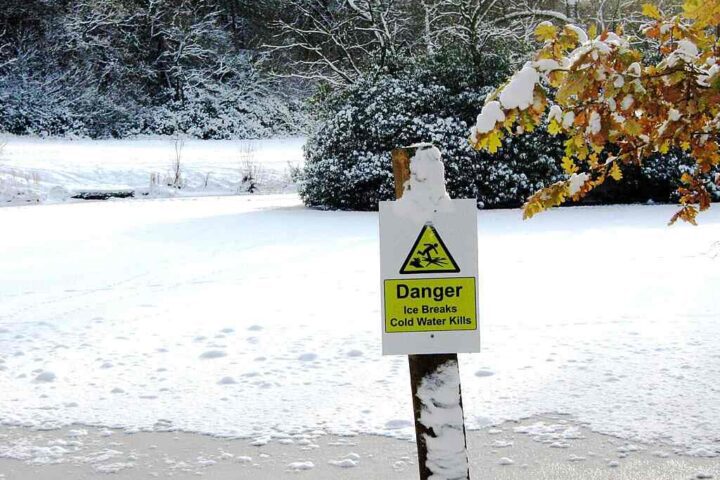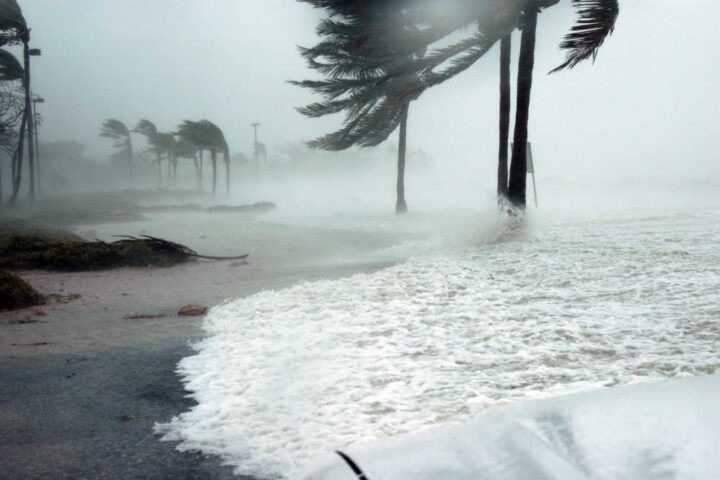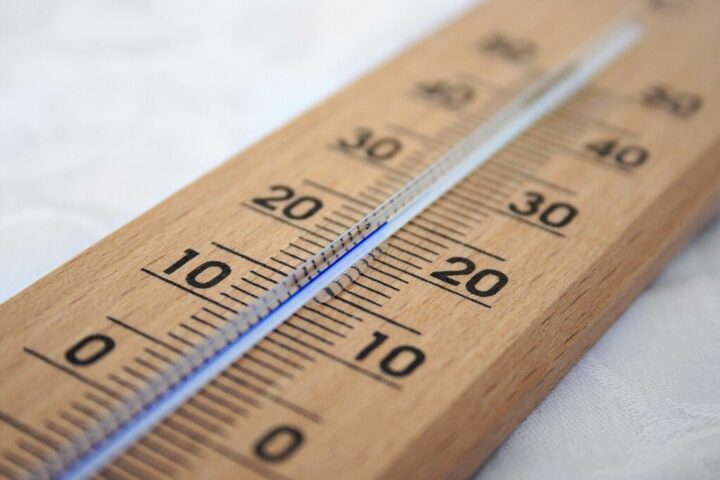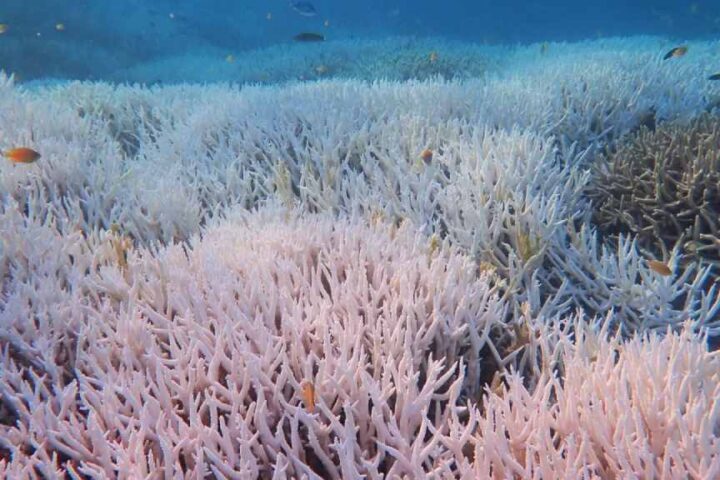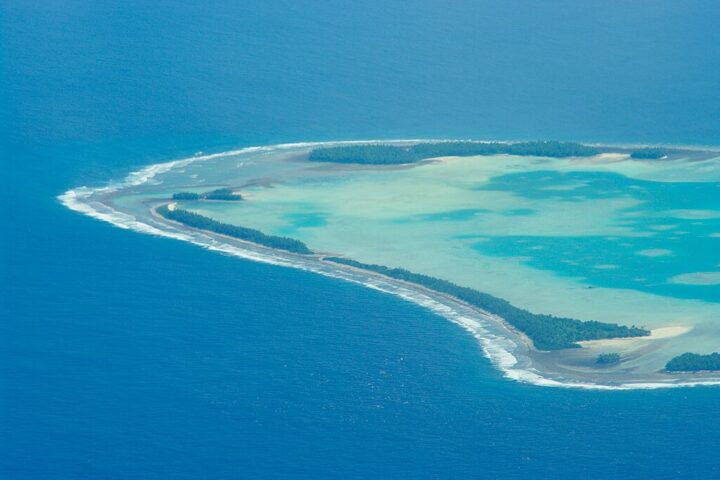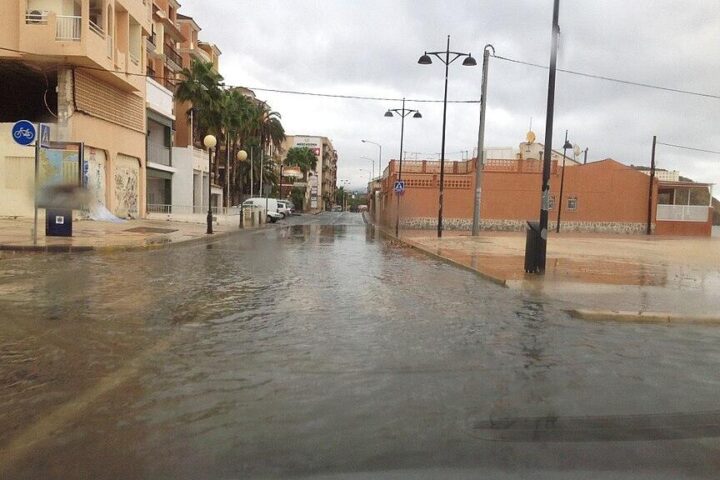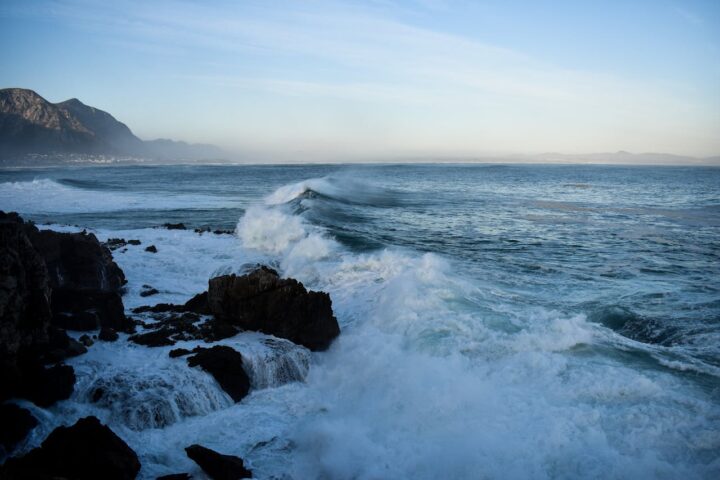The International Union for Conservation of Nature (IUCN) published a study on Wednesday revealing that half of the world’s mangrove ecosystems are at risk of collapse due to climate change, deforestation, and pollution. Known for its Red List of Threatened Species, the IUCN conducted an analysis of mangrove reserves across 36 distinct regions. This evaluation “highlights the urgent need for coordinated conservation of mangroves – crucial habitats for millions in vulnerable communities worldwide.”
Mangroves are trees or shrubs that primarily grow in marine or brackish waters along the coast or on tidal riverbanks in equatorial climates. In its study, the IUCN warns that ” findings show that50% of the mangrove ecosystems assessed are at risk of collapse,” with 20% facing severe risk.
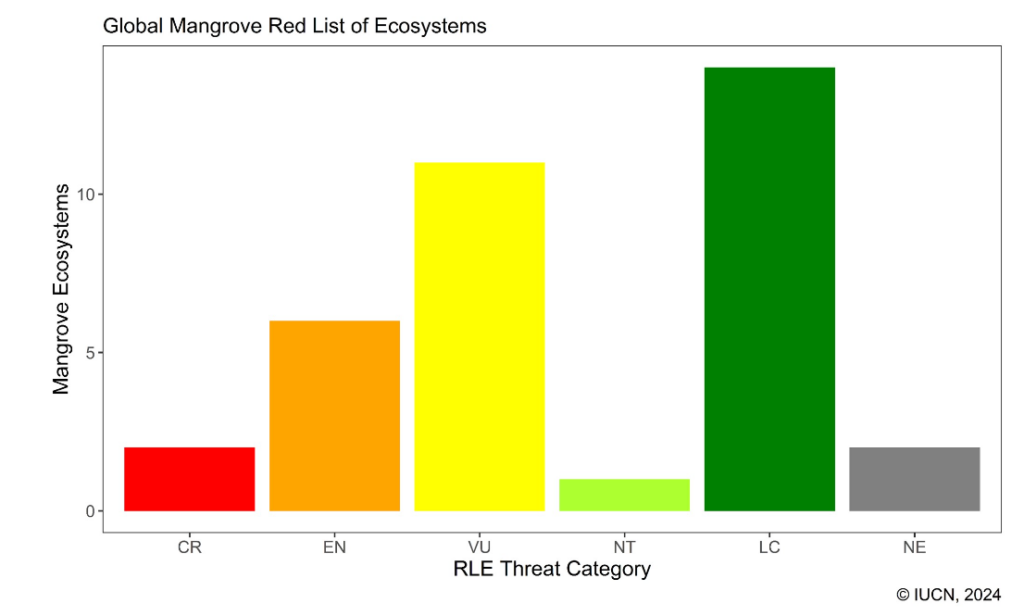
Experts from various research institutions, including the IUCN Commission on Ecosystem Management, the IUCN Species Survival Commission, and the Global Mangrove Alliance, have warned that mangroves are threatened by deforestation, development, pollution, and dam construction. They have noted that the risk to these ecosystems is increasing due to rising sea levels and the higher frequency of severe storms associated with climate change. In this regard, they emphasized that climate change threatens 33% of the evaluated mangrove ecosystems.
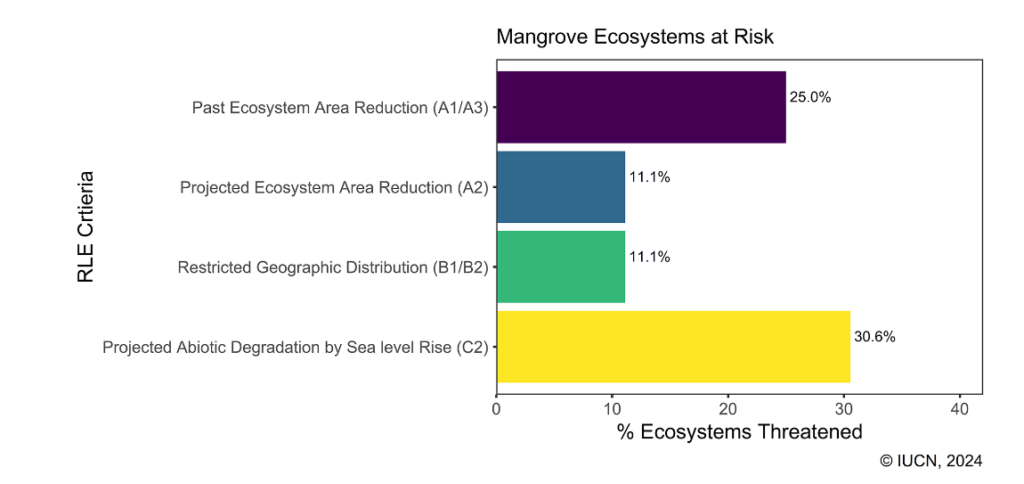
According to their opinion, helping to ensure the continuity of mangrove ecosystems worldwide will be key to mitigating the impacts of climate change, as healthy mangroves will better cope with rising sea levels and offer inland protection against the impacts of hurricanes, typhoons, and cyclones. Specifically, scientists state that maintaining ecosystem integrity will help mangroves withstand the impacts of climate change. Additionally, preserving existing mangrove forests and restoring lost areas will increase their resilience. On the other hand, maintaining sediment flows and allowing space for mangroves to expand inland will help them cope with rising sea levels.
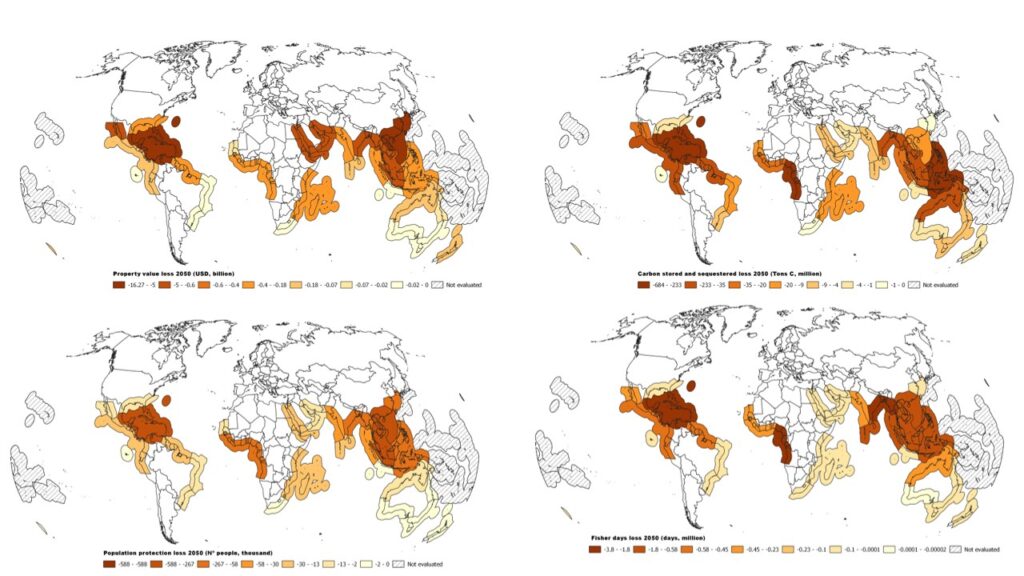
If there are no significant changes by 2050, the report warns that climate change and rising sea levels will result in the loss of 8 billion tons of stored carbon, as 17% of the current total carbon is stored in mangroves. This is equivalent to a minimum of $13 billion (€11.9 billion) in voluntary carbon markets and represents a societal cost equivalent to $336 billion (€309.6 billion) according to the social cost of carbon. Furthermore, it will deprive protection for 2.1 million people exposed to coastal flooding — 14.5% of those currently exposed — and a total of $36 billion (€33.1 billion) in property protection — or 35.7% of the current value of protected properties. Finally, the report warns that it will cause the loss of 17 million fishing effort days per year, as 14% of the current fishing effort comes from mangroves.
Similar Posts
Around 15% of the world’s coastlines are covered by mangroves, spanning an area of 150,000 square kilometers. According to the study’s estimates, a quarter of the area occupied by mangroves will be submerged in 50 years if the current rate continues, states the IUCN. The northwest Atlantic Ocean, northern Indian Ocean, Red Sea, South China Sea, and Gulf of Aden are the areas most likely to be affected.
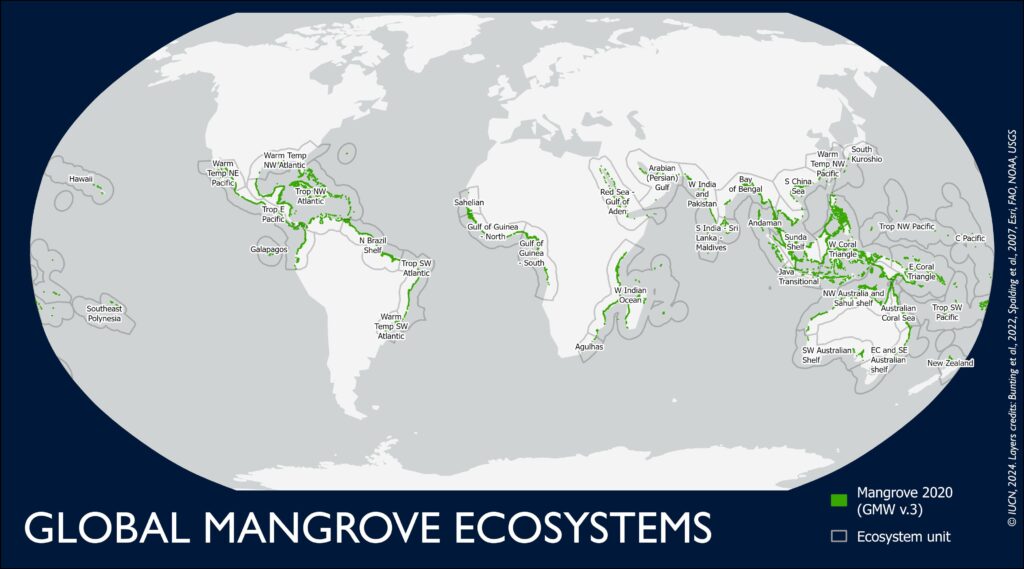
The study notes that preserving these environments is key to mitigating the effects of climate change, as healthy mangroves help manage rising sea levels better and protect populations from the damage caused by severe storms. “Mangrove ecosystems are exceptional in their ability to provide essential services to people, including coastal disaster risk reduction, carbon storage and sequestration, and support for fisheries,” says Angela Andrade, chair of the IUCN’s Ecosystem Management Commission. “Their loss stands to be disastrous for nature and people across the globe,” she added.
